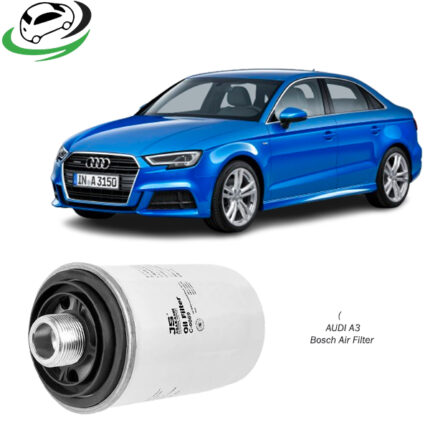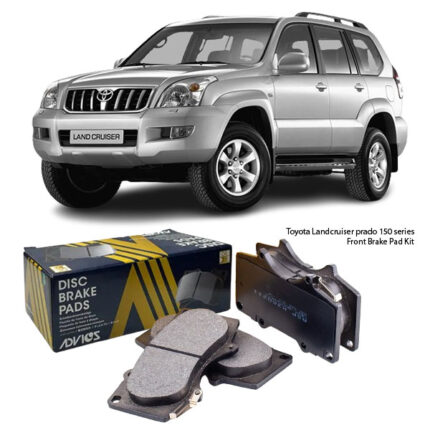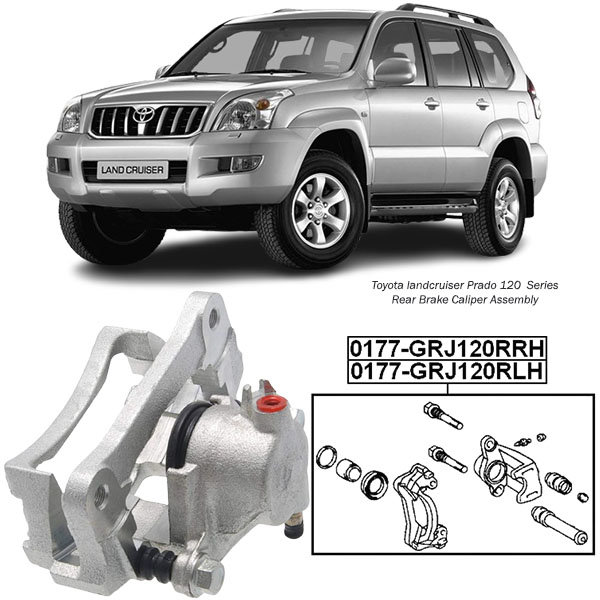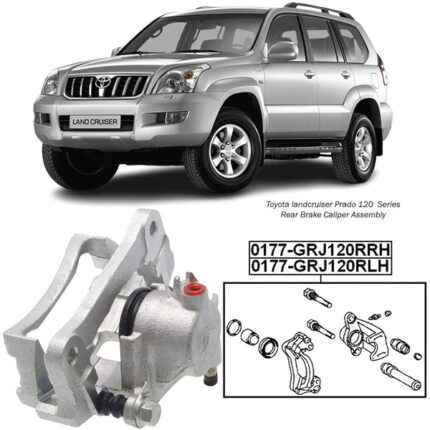Get Toyota land cruiser Prado 120 Series Rear Brake Caliper Assembly 0177-GRJ120RRH in Kenya
The Rear Brake Caliper Assembly is a crucial component of your vehicle’s braking system. It plays a vital role in slowing down and stopping your car by pressing the brake pads against the brake rotor (disc) to generate friction. Rear brake calipers are slightly different from front brake calipers, as they often incorporate a parking brake mechanism and typically handle less braking force than the front brakes.
A properly functioning rear brake caliper assembly ensures safe braking, balanced stopping power, and vehicle stability. In this guide, we’ll explore everything about rear brake calipers, including their function, types, signs of wear, replacement process, and maintenance tips.
What is a Rear Brake Caliper Assembly and How Does It Work? 🔄🛠️
The brake caliper assembly is part of the disc braking system and includes:
✔️ Brake caliper – A hydraulic component that applies force to the brake pads.
✔️ Brake pads – Friction material that presses against the rotor to slow the wheel.
✔️ Brake rotor (disc) – A rotating disc that is slowed down by brake pad friction.
✔️ Brake fluid line – Transfers hydraulic pressure from the master cylinder.
✔️ Parking brake mechanism – Some rear calipers incorporate a parking brake feature.
How It Works:
1️⃣ When you press the brake pedal, brake fluid pressure is sent to the rear brake caliper.
2️⃣ The caliper pushes the brake pads against the rotor, creating friction.
3️⃣ The friction slows down the rotating wheel, allowing the vehicle to stop.
4️⃣ When the brake pedal is released, the caliper retracts, allowing the wheel to rotate freely again.
Types of Rear Brake Calipers ⚙️🔎
Rear brake calipers come in different designs depending on the vehicle type and braking requirements.
1️⃣ Floating (Sliding) Brake Calipers 🚘
-
Most common type found in passenger cars.
-
Has one or two pistons on one side that push the pads against the rotor.
-
The caliper slides back and forth to apply equal pressure.
✔️ Pros: Simple, affordable, lightweight.
❌ Cons: Can seize over time due to corrosion or dirt buildup.
2️⃣ Fixed Brake Calipers 🏎️
-
Used in performance and high-end vehicles.
-
Has pistons on both sides, applying even pressure.
-
Provides better braking performance than floating calipers.
✔️ Pros: More stopping power, better heat dissipation.
❌ Cons: Expensive, heavier, requires more maintenance.
3️⃣ Integrated Parking Brake Calipers 🚦
-
Found in many modern vehicles.
-
Incorporates a mechanical parking brake system within the caliper.
-
Engages when the parking brake is applied (either manually or electronically).
✔️ Pros: Space-saving design, efficient.
❌ Cons: More complex, costly to replace.
4️⃣ Electronic Parking Brake (EPB) Calipers ⚡
-
Uses electronic actuators instead of cables to engage the parking brake.
-
Found in newer vehicles with push-button parking brakes.
✔️ Pros: No cables, automatic engagement.
❌ Cons: Expensive, requires computer diagnostics for repairs.
Signs of a Failing Rear Brake Caliper 🚨⚠️
A worn or malfunctioning rear brake caliper can reduce braking efficiency and compromise safety. Here are the most common warning signs:
1️⃣ Uneven Braking or Vehicle Pulling to One Side 🔄
A sticking caliper can apply uneven pressure, causing the car to pull to one side.
2️⃣ Brake Dragging or Overheating 🔥
A seized caliper may not release properly, causing constant friction and overheating of the brake rotor.
3️⃣ Squeaking or Grinding Noises 🔊
A stuck caliper can wear down the brake pads unevenly, leading to strange noises.
4️⃣ Soft or Spongy Brake Pedal 🚦
A brake caliper leak can cause a drop in hydraulic pressure, making the pedal feel soft.
5️⃣ Leaking Brake Fluid 🛢️
Brake fluid leaks around the caliper indicate worn seals or damaged pistons.
6️⃣ Handbrake Not Engaging Properly 🅿️
If your parking brake feels weak, the rear caliper may not be applying enough force.
7️⃣ Dashboard Warning Light On 🚥
Some modern vehicles have brake sensors that trigger a warning when a caliper is failing.
Causes of Rear Brake Caliper Failure 🔍
❌ Rust & Corrosion – Moisture can cause caliper pistons and slide pins to seize.
❌ Brake Fluid Contamination – Dirty fluid can damage seals and cause leaks.
❌ Worn-Out Brake Pads – Excessively worn pads can cause caliper damage.
❌ Overheating & Excessive Braking – Can warp the rotor and damage the caliper.
❌ Improper Installation – Incorrect torquing or lubrication can lead to failure.
How to Replace a Rear Brake Caliper Assembly 🔧🛠️
Tools Needed:
✅ Jack & Jack Stands – To lift the vehicle safely.
✅ Socket Wrenches & Torque Wrench – For removing bolts.
✅ Brake Fluid & Bleeder Kit – To remove air from the brake lines.
✅ New Brake Caliper & Brake Pads – Ensure the correct fit for your vehicle.
Step-by-Step Replacement Guide:
1️⃣ Lift the Vehicle & Remove the Wheel 🛞 – Secure it with jack stands.
2️⃣ Remove the Brake Caliper Bolts 🔩 – Detach the caliper from the mounting bracket.
3️⃣ Disconnect the Brake Line 🔄 – Plug the line to prevent fluid leakage.
4️⃣ Remove the Old Caliper 🛠️ – Inspect the brake pads and rotor for wear.
5️⃣ Install the New Caliper 🆕 – Secure it properly.
6️⃣ Reconnect the Brake Line & Bleed the Brakes 🚦 – Remove air bubbles for proper pressure.
7️⃣ Reassemble & Test Drive 🚗💨 – Ensure smooth braking.
💡 Tip: Always replace brake calipers in pairs (both rear wheels) to maintain balance!
How to Maintain Rear Brake Calipers 🛠️
✅ Inspect Calipers Every 20,000-30,000 km – Check for leaks and wear.
✅ Flush Brake Fluid Regularly – Prevents contamination and corrosion.
✅ Keep Brake Components Clean – Dirt and debris can reduce braking efficiency.
✅ Lubricate Slide Pins & Pistons – Ensures smooth caliper movement.
✅ Avoid Hard Braking – Helps prevent overheating and caliper damage.
Conclusion: Why Rear Brake Calipers Matter 🚗💨
The Rear Brake Caliper Assembly plays a critical role in safe braking, vehicle stability, and parking brake function. Keeping them in good condition ensures reliable stopping power and passenger safety.
✅ If you experience brake dragging, uneven braking, or fluid leaks, replace your calipers!
✅ Choosing high-quality calipers ensures durability and consistent performance.
✅ Regular maintenance and inspections can extend their lifespan.
Follow us on Facebook for more parts.




